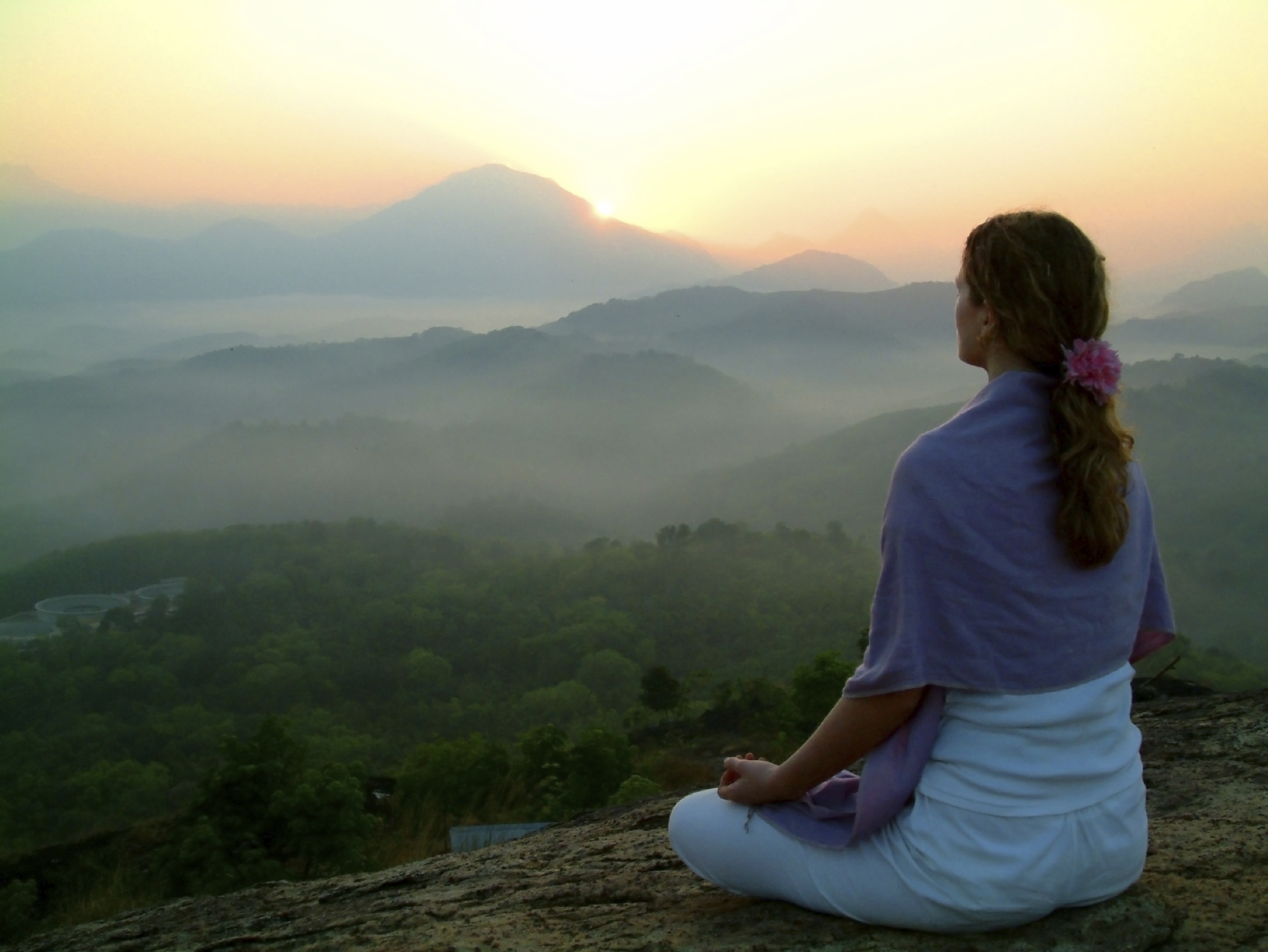
Inside Yoga 146 (26/10/15)
The present moment, the here and now, or perhaps just “now” are just a few words and expressions which describe one of the most important aspects of yoga and Buddhism.
In yoga and Buddhism we are encouraged, taught, and reminded continuously to be present, to pay attention to the present moment, to be here and now. It can feel like an overused cliché, which it is in some ways, yet it is actually an important message.
There are numerous sayings which highlight the importance of the present: “The past is history, the future is a mystery, and today is a gift, that it is why it is called the present,” is a commonly used saying which varies slightly depending on who is quoting it.
Yet describing this moment in time is really about telling us what “it is not” rather than what it is or where it is.
When we are asked to be present we are describing an experience that we are to be conscious of but not think about.
If we are thinking about something in the past we are still in the present, because the thought we are having about the past is not in the past itself. That thought is a description or reflection of a memory which we have right now. Similarly, when we think about the future we are still experiencing the future in the present because our mind is describing the future while in the present.
As Alan Watts said: “I have realised that the past and future are real illusions, that they exist in the present, which is what there is and all there is.”
Therefore the past and future do not exist except as conceptualised thoughts in the present. However if we think we are in the present moment we are not; or to put it another way: “If you think you are meditating, you are not”!
Simply put: thought is not in the present.
There is no doubt about it: the present is very elusive. If we have an experience, for example, a pleasurable experience like being in nature, somewhere beautiful that we find ourselves gazing at and feeling in appreciation, we might find ourselves completely absorbed in the experience of the present moment, however, the second we think about the experience, we are in longer in the “present” nor the experience. The thought is not the experience but a label for the experience placed by our thoughts after the event.
This is why in yoga and Buddhist meditation the emphasis is on not thinking; and every time we think, and realise we are thinking, we drop the thought and return to the point of focus which is the breathing and awareness of the body.
This is hard and repetitive but being present and aware is a tried and tested mechanism that yogis and Buddhists swear by… because it works.
The breathing and body is not the answer, nor are they the solution, but are the conduits or process which bring us to where we want to be, or to be more precise where we don’t want to be – lost in our thoughts.
We all experience these moments I have described, perhaps rarely and fleetingly, as they pass, and as our thoughts rush in to hog the limelight and distract our mind. Imagine that moment when we have been absorbed in something, and suddenly, we shudder, shake ourselves a little or suddenly say “where was I?” and come back to thinking mode. This was a moment when we were present in our experience – in the present moment. It is a period when we feel as if time stood still. And it is in a way, because when we are totally present, there is no sense of time, it is a timeless moment, which paradoxically is therefore an eternity.
Yoga and Buddhist meditation teaches us to have control of those moments and also to be in them as long as possible. Trying to sustain and maintain this is hard. This is where the repetition and training comes in, as this is a practice – simple as that. It is simple to understand the concept but takes practice to experience what it means.
But it is worth doing the hard work because the rewards are numerous; in brief, the benefits include feeling good in ourselves and with ourselves, feeling more clarity and contentment, and above all a connection with ourselves and what it means to be a conscious human being.
After all, the clue is the word yoga, which means “union”.
Any comments or questions please send me a message, see below
